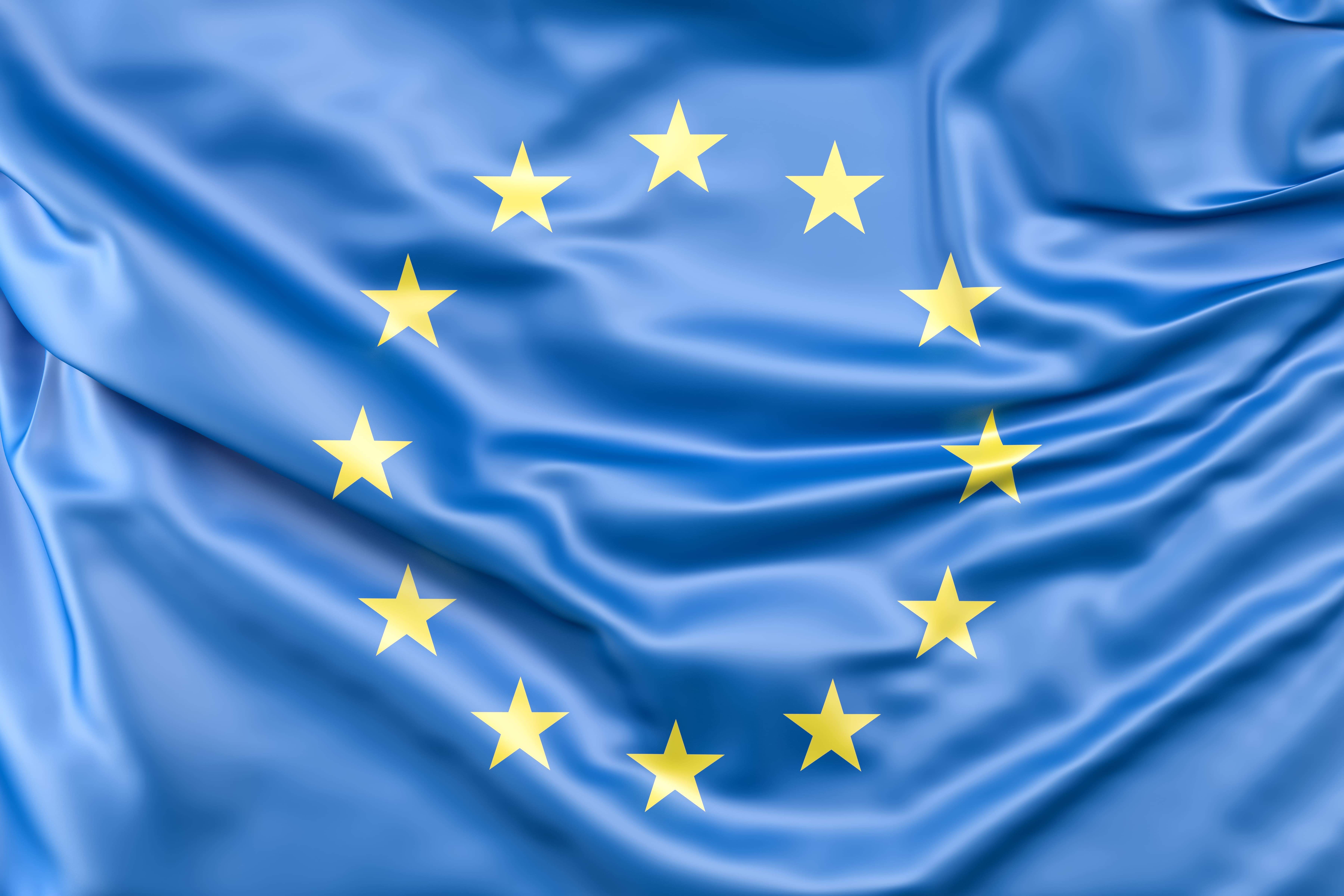European Commission launches AI antennas to expand access to supercomputing across Europe
The European Commission has unveiled a new network of AI antennas across 13 European countries, marking a major step toward expanding artificial intelligence (AI) infrastructure and reducing digital divides across the continent.

The European Commission has announced the launch of a new network of ‘AI Antennas’ in 13 European countries to strengthen Europe’s AI capabilities and research infrastructure. The initiative is designed to make high-performance computing (HPC) resources- essential for training advanced AI systems – available to a wider range of countries and institutions.
Seven EU member states, including Belgium, Ireland, and Malta, will now have direct access to Europe’s powerful supercomputers through the EuroHPC network. In addition, six non-EU partners, such as the United Kingdom and Switzerland, have joined the effort. Their participation signals a new phase of digital cooperation between the EU and its neighbours, despite previous political and trade frictions, including those related to Brexit.
Each AI Antenna will function as a local gateway, linking national institutions to Europe’s large-scale supercomputing hubs. These antennas will provide local users with technical support, training programs, and access to computing power and algorithms. For countries that do not have their own AI Factory – a facility equipped with large supercomputers – these antennas offer remote connectivity to leading systems like Jupiter, one of Europe’s most advanced machines.
The European Commission stated that the goal of the initiative is to ensure that AI expertise and resources are distributed more evenly across Europe. By doing so, it hopes to close the gap between countries with advanced digital industries and those that are still developing their technological base.
However, while the new antennas will help broaden participation in AI research, smaller nations hosting only antennas are not expected to host future ‘AI Gigafactories.’ These large-scale facilities, expected to be up to four times more powerful than current supercomputing centres, will likely remain concentrated in larger EU economies with existing digital infrastructure.
Overall, the AI Antennas network reflects the EU’s broader ambition to build a unified and competitive AI ecosystem, one that extends beyond its borders and supports innovation through shared access to advanced technology.


